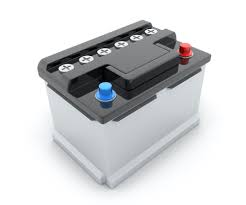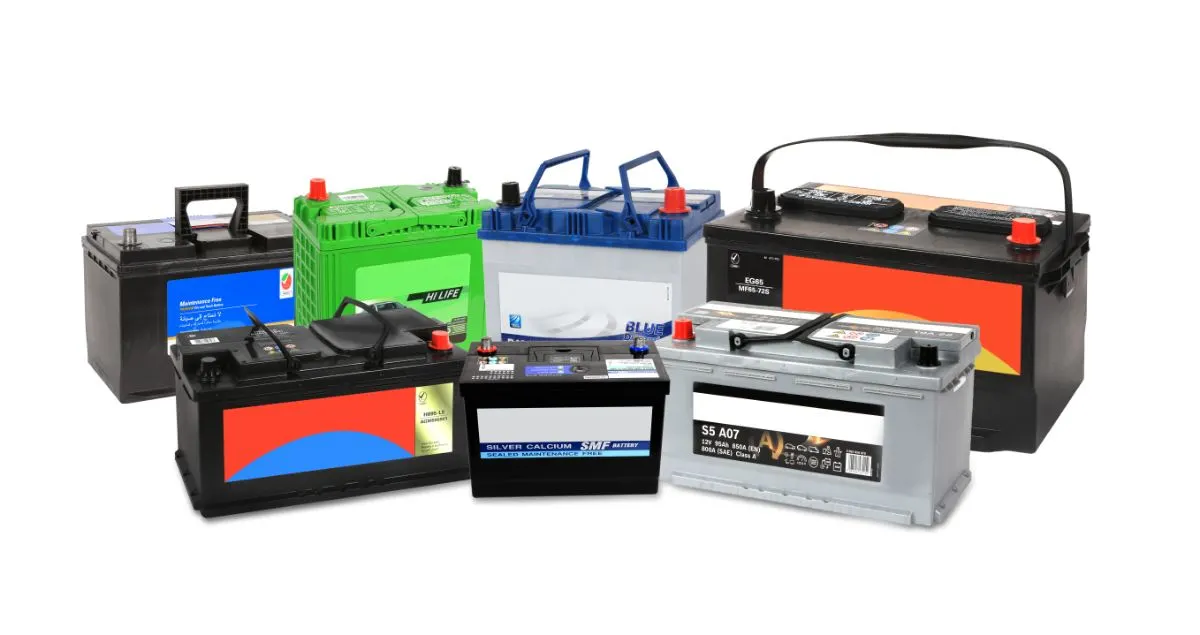In the world of energy storage, batteries play a crucial role. They power our cars, boats, renewable energy systems, and more.
But not all batteries are created equal.
Enter the AGM battery, a type of lead-acid battery that stands out for its unique features and benefits.
This article will delve into the differences between standard batteries and AGM (Absorbent Glass Mat) batteries. We’ll explore their construction, performance, and applications.
Whether you’re an automotive enthusiast, a renewable energy system user, or simply researching for a battery replacement, this guide will help you make an informed decision.
Stay tuned as we unravel the intricacies of AGM batteries and how they compare to standard batteries.

Understanding Standard Batteries
Standard batteries, also known as flooded or wet cell batteries, have been around for decades. They are the traditional type of lead-acid battery.
These batteries contain a liquid electrolyte, typically a mixture of sulfuric acid and water. This electrolyte facilitates the chemical reaction that produces electricity.
However, standard batteries require regular maintenance. This includes checking and topping up the electrolyte level and cleaning the terminals to prevent corrosion.
Despite these requirements, standard batteries remain popular due to their affordability and widespread availability. They are commonly used in a variety of applications, from cars to solar power systems.
Introduction to AGM Batteries
AGM stands for Absorbent Glass Mat, a type of lead-acid battery. Unlike standard batteries, AGM batteries use a glass mat to absorb the electrolyte.
This design makes AGM batteries completely sealed and maintenance-free. There’s no need to check or top up the electrolyte level.
AGM batteries are also known for their excellent vibration resistance and ability to deliver high currents. This makes them a popular choice for high-performance applications.

The Technology Behind AGM Batteries
AGM batteries are a type of lead-acid battery. They use a unique technology that sets them apart from standard batteries.
In an AGM battery, the electrolyte is absorbed into a fiberglass mat. This mat sits between the battery’s lead plates.
This design has several benefits. First, it allows the battery to be completely sealed. This means there’s no risk of acid leakage, even if the battery is damaged.
Second, the AGM design reduces internal resistance. This allows the battery to deliver high currents on demand and recharge quickly.
Here are some key features of AGM technology:
- Sealed design: No risk of acid leakage.
- Low internal resistance: Delivers high currents and recharges quickly.
- Maintenance-free: No need to check or top up the electrolyte level.
- Excellent vibration resistance: Suitable for high-performance applications.
- Spill-proof: Safe to use in any position.
AGM vs. Standard Batteries: The Key Differences
When comparing AGM batteries to standard batteries, several key differences stand out. These differences can greatly impact the performance and lifespan of the battery.
Standard batteries, also known as flooded or wet cell batteries, contain a liquid electrolyte. This electrolyte can spill if the battery is tipped or damaged.
AGM batteries, on the other hand, have a fiberglass mat that absorbs the electrolyte. This makes them spill-proof and safer to handle.
Here are some key differences between AGM and standard batteries:
- Design: AGM batteries are sealed and spill-proof, while standard batteries are not.
- Performance: AGM batteries can deliver high currents on demand and recharge quickly.
- Maintenance: AGM batteries are maintenance-free, while standard batteries require regular checks and top-ups.
- Lifespan: AGM batteries typically have a longer lifespan than standard batteries.
Construction and Design
The construction and design of a battery can greatly impact its performance. Standard batteries have a simple design, with lead plates submerged in a liquid electrolyte.
AGM batteries, however, have a more complex design. The lead plates are separated by a fiberglass mat, which absorbs the electrolyte.
This design makes AGM batteries spill-proof. It also allows them to deliver high currents on demand.
Performance and Efficiency
In terms of performance and efficiency, AGM batteries have a clear advantage. They can deliver high currents on demand, making them ideal for high-performance applications.
AGM batteries also recharge quickly. This is due to their low internal resistance.
In contrast, standard batteries have a higher internal resistance. This means they recharge more slowly and can’t deliver high currents as effectively.
Durability and Maintenance
AGM batteries are known for their durability. They are resistant to vibration and shock, making them ideal for use in vehicles and other high-performance applications.
In terms of maintenance, AGM batteries are a clear winner. They are maintenance-free, meaning they don’t require regular checks or top-ups.
Standard batteries, on the other hand, require regular maintenance. This includes checking the electrolyte level and topping it up as needed.
Applications of AGM Batteries
AGM batteries have a wide range of applications. Their unique design and performance characteristics make them suitable for many different uses.
One of the most common applications is in the automotive industry. AGM batteries are also used in renewable energy systems, marine applications, and recreational vehicles (RVs).
Automotive and Start-Stop Technology
In the automotive industry, AGM batteries are often used in vehicles with start-stop technology. This technology requires a battery that can deliver high currents on demand.
AGM batteries are ideal for this application. They can deliver the necessary power and recharge quickly, ensuring the vehicle starts smoothly every time.
Renewable Energy Systems
AGM batteries are also used in renewable energy systems. These systems require a battery that can store energy efficiently and deliver it when needed.
With their high energy density and efficient charging, AGM batteries are a great choice for these systems. They can store the energy generated by solar panels or wind turbines and deliver it when needed.
Marine and RV Use
Marine and RV applications also benefit from AGM batteries. These environments often require a battery that is durable, maintenance-free, and spill-proof.
AGM batteries meet all these requirements. They can withstand the vibrations and shocks common in these applications, and their sealed design prevents any risk of spills.
Charging and Care for AGM Batteries
Charging and maintaining an AGM battery is different from a standard battery. It’s crucial to understand these differences to ensure the longevity of your AGM battery.
AGM batteries require a specific charging profile. This profile includes a bulk charge, an absorption charge, and a float charge. Using a charger designed for AGM batteries is essential.
- Bulk charge: The initial stage where the charger delivers a constant current to the battery.
- Absorption charge: The charger delivers a constant voltage and the current gradually decreases.
- Float charge: The charger maintains the battery at full charge without overcharging.
Overcharging an AGM battery can cause damage. It’s important to monitor the charging process and ensure the battery is not overcharged. Regular inspection for any signs of damage or wear is also recommended.
AGM Battery Costs and Lifespan
AGM batteries typically have a higher upfront cost compared to standard batteries. However, their superior performance and longevity can offset this initial investment.
The lifespan of an AGM battery varies depending on its use and maintenance. Proper charging and care can significantly extend the battery’s life, making it a cost-effective choice in the long run.
In terms of return on investment, AGM batteries often outperform standard batteries, especially in high-demand applications.
Environmental Impact and Recycling
AGM batteries are known for their environmental friendliness. They are highly recyclable, contributing to a reduction in landfill waste.
Moreover, their efficient operation can lead to lower greenhouse gas emissions, making them a preferred choice for those seeking sustainable energy solutions.
Conclusion: Choosing the Right Battery for Your Needs
Choosing between a standard battery and an AGM battery depends on your specific needs. Consider factors such as performance, durability, maintenance, and cost.
Remember, the right battery can enhance the overall efficiency of your vehicle or system. Make an informed decision for optimal results.





Leave a Reply